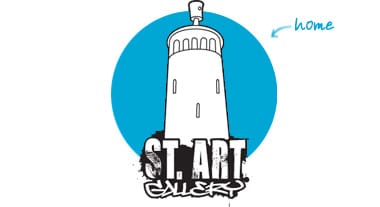I see this tendency to frame reality in a system on various levels. It is anchored in our thinking: we divide the world around us into categories and use rational constructs to define differences and make connections. This also shapes our world in a concrete sense: from spreadsheets to urban planning and agriculture or architecture.
Grids
Grids are everywhere in our lives, on an individual level (agendas, planning) as well as on a regional, national (rules, norms, values, landscape, urban design) and global level (architecture, transport, economy, construction etc.). Many culturally determined, applied expressions and ideas are based on a linear kind of thinking: the straight line and the grid are building blocks of our culture.
My work is a visual research project, in which I question how this culture relates to the physical reality of the world around us. I see the grid as too straightforward a way of relating to reality: we think straight while reality is organic and ambiguous. I therefore wonder whether our Western cultural paradigm offers a complete understanding of our environment. With my work I want to offer a visual alternative story against the controlling and sometimes polarizing grid. A counterbalance to the simplification and standardization of our environment and way of thinking. I would like to strive for a more realistic positioning of man, in which we can relate to reality in a less linear and more flexible way.
Architectural historian Astrid Aarsen on solo exhibition Grids in Kunstenlab, 2020.
“Art van Triest questions the linearity of our ideal of manufacturability. As if we can (know) and put everything into boxes. The rational, geometrically determined structure of the grid is the ultimate representative of it for him. It can be found in many subtle and less subtle variations worldwide in city plans and in architecture. For Van Triest, the grid and thus rational, linear thinking is not innocent.”



